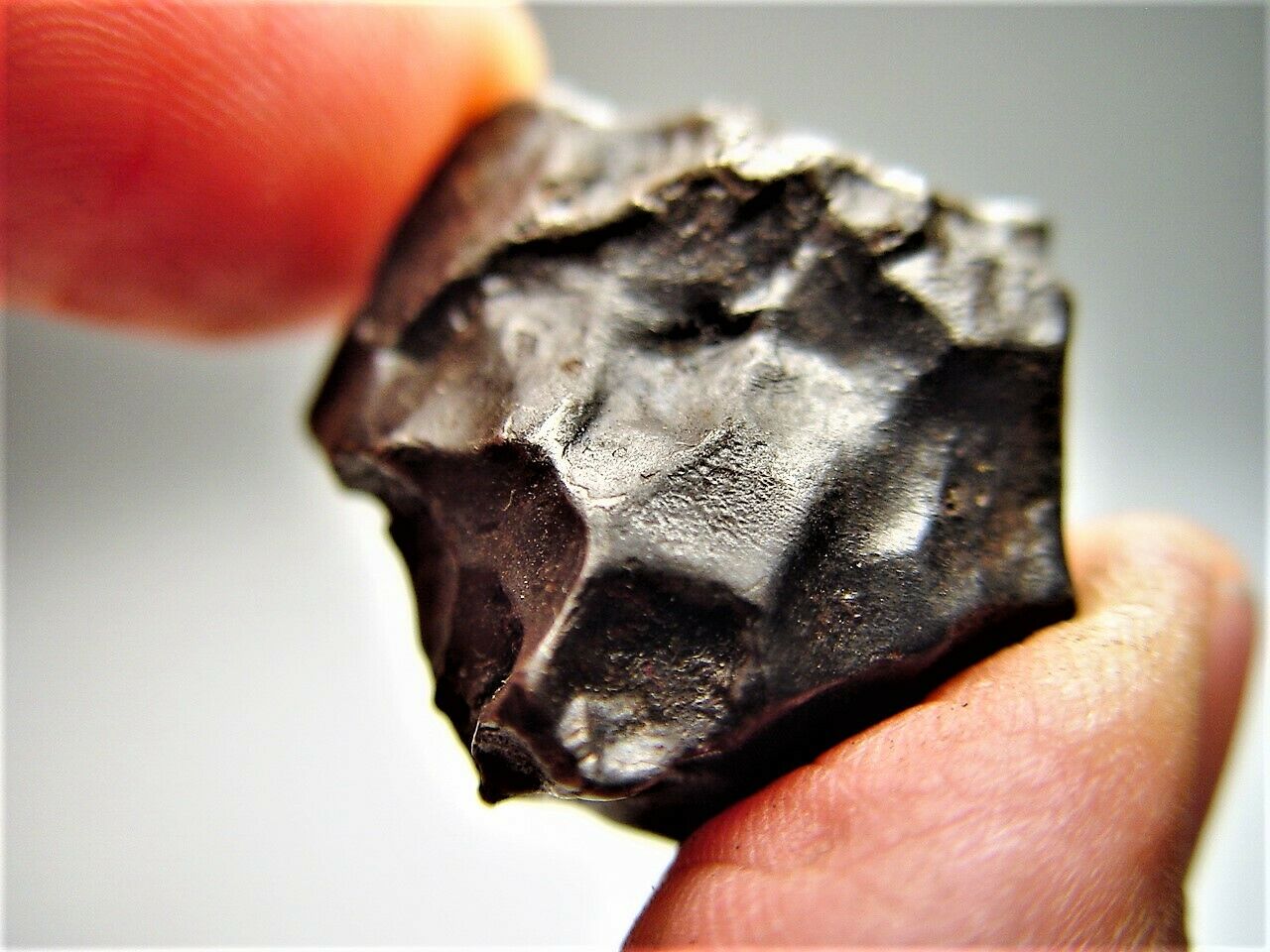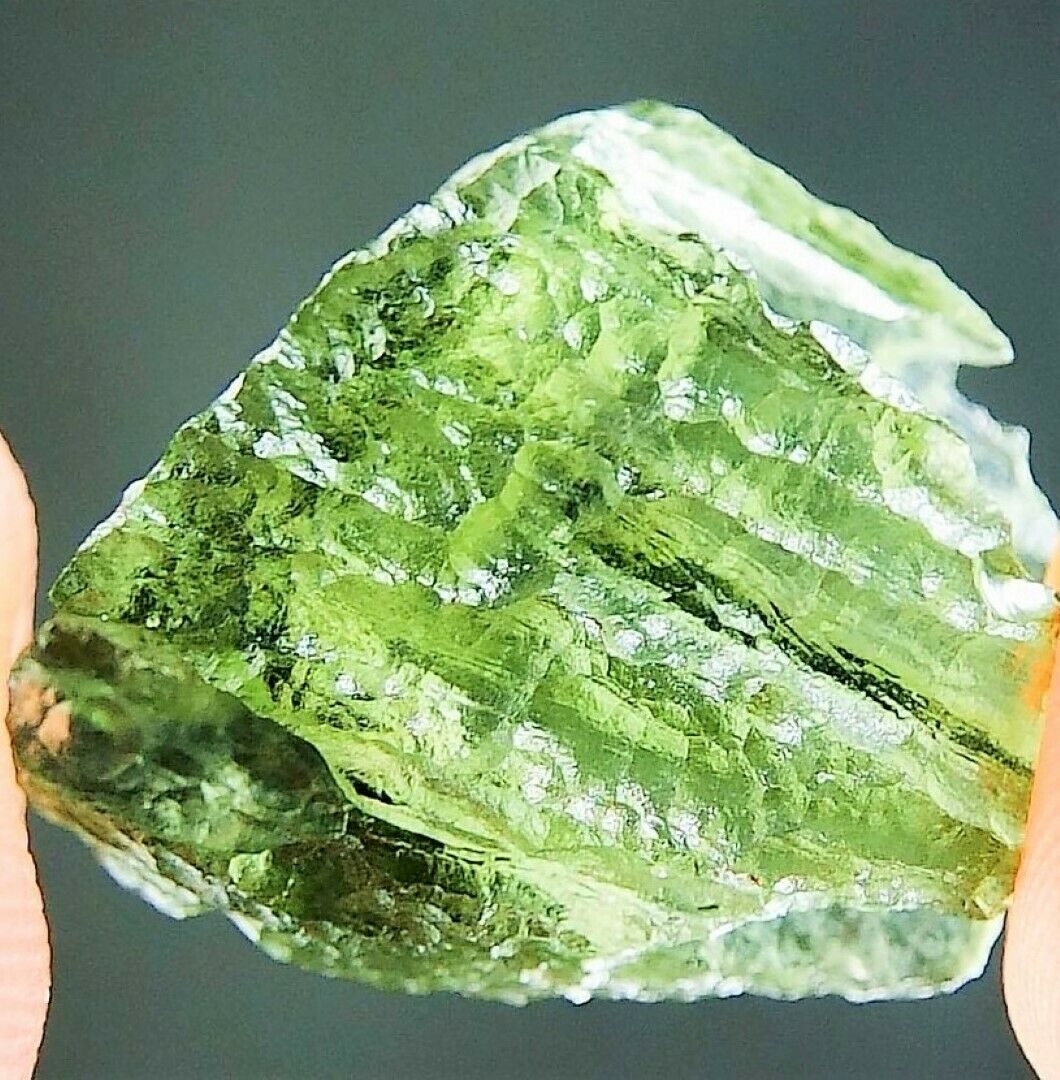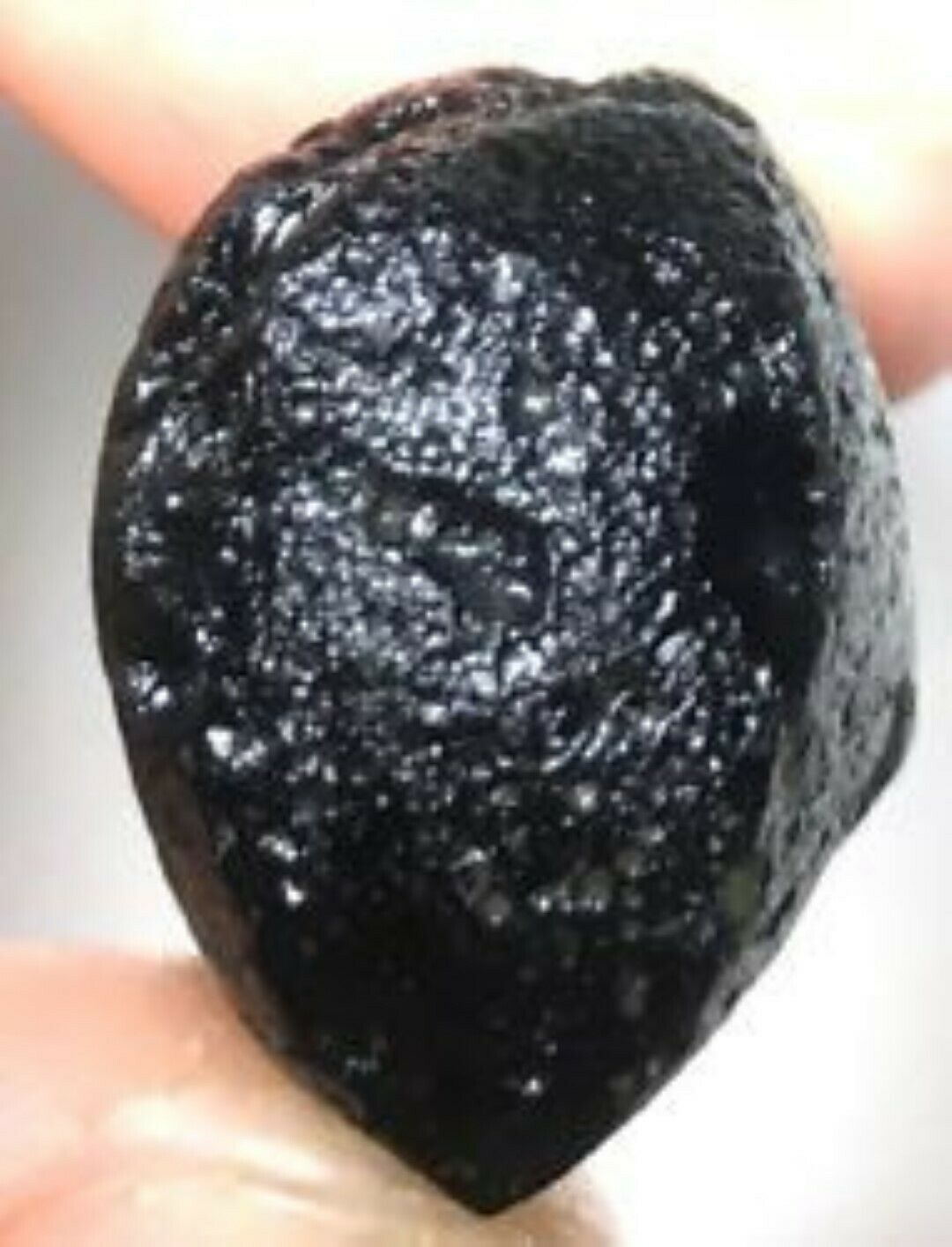-40%
TOP QUALITY! LOTS OF THUMBPRINTS! SUPER SCULPTED SIKHOTE-ALIN METEORITE 44.4 GM
$ 65.34
- Description
- Size Guide
Description
SIKHOTE-ALIN IRON METEORITE!!!Fantastic & Famous Witnessed Fall from 1947
Best of the Best!!! Very few like this one!!!
Handpicked for Highest Quality!!!
Classification: Iron, IIAB
Fall: February 12th, 1947
L
ocation: Sikhote-Alin Mountains, Primorye, Russia
Total Known Weight: Many hundreds of Kilos!!!
Weight: 44.4 grams!!!
History
At around 10:30 am on February 12, 1947, eyewitnesses in the
Sikhote-Alin Mountains
,
Primorye
, Russia, observed a large
bolide
brighter than the
Sun
that came out of the north and descended at an angle of about 41 degrees. The bright flash and the deafening sound of the fall were observed for three hundred kilometres around the point of impact not far from
Luchegorsk
and approximately 440 km northeast of
Vladivostok
. A smoke trail, estimated at 32 km long, remained in the sky for several hours.
As the meteorite — traveling at a speed of about 14 km/s — entered the atmosphere, it began to break apart, and the fragments fell together. At an altitude of about 5.6 km, the largest mass apparently broke up in a violent explosion.
On November 20, 1957 the
Soviet Union
issued a stamp for the 10th anniversary of the Sikhote-Alin meteorite shower. It reproduces a painting by P. J. Medvedev, a Russian artist who witnessed the fall: he was sitting in his window starting a sketch when the fireball appeared, so he immediately began drawing what he saw.
Orbit
Because the meteorite
fell during daytime, it was observed by many eyewitnesses. Evaluation of this observational data allowed
V. G. Fesenkov
, then chairman of the meteorite committee of the
USSR Academy of Science
, to estimate the
meteoroid's
orbit
before it encountered the Earth. This orbit was
ellipse
-shaped, with its point of greatest distance from the
sun
situated within the
asteroid belt
, similar to many other small bodies crossing the orbit of the Earth. Such an orbit was probably created by collisions within the asteroid belt.
Size
Sikhote-Alin is a massive fall. The overall size of the
meteoroid
has been estimated at just under 900,000 kg. Krinov had estimated the post atmospheric mass of the meteoroid at some 70,000 kg. A more recent estimate by Tsvetkov (and others) puts the mass at around 100,000 kg.
Strewn field
The
strewn field
for this meteorite covered an elliptical area of about 1.3 km². Some of the fragments made craters, the largest of which was about 26 m across and 6 m deep. Fragments of the meteorite were also driven into the surrounding trees.
Composition and classification
The Sikhote-Alin meteorite is classified as an
iron meteorite
belonging to the chemical group IIAB and with a coarse
octahedrite
structure. It is composed of approximately 93%
iron
, 5.9%
nickel
, 0.42%
cobalt
, 0.46%
phosphorus
, and 0.28%
sulfur
, with trace amounts of
germanium
and
iridium
. Minerals present include
taenite
,
plessite
,
troilite
,
chromite
,
kamacite
, and
schreibersite
.
Specimens
Specimens of the Sikhote-Alin Meteorite are basically of two types:
individual
,
thumbprinted
or
regmaglypted specimens
, showing fusion crust and signs of atmospheric
ablation
shrapnel
or
fragmented specimens
, sharp edged pieces of torn metal showing evidence of violent fragmentation
The first type probably broke off the main object early in the descent. These pieces are characterized by
regmaglypts
(cavities resembling thumb prints) in the surface of each specimen. The second type are fragments which were either torn apart during the atmospheric explosions or blasted apart upon impact on the frozen ground. Most were probably the result of the explosion at 5.6 km altitude.
A large specimen is on display in
Moscow
. Many other specimens are held by
Russian Academy of Science
and a great number of smaller specimens have made their way into the collector's market.
BUYER TO PAY USPS FIRST CLASS SHIPPING WITH TRACKING ANYWHERE IN THE U.S. OR BUYER TO PAY FOR USPS FIRST CLASS
SHIPPING TO ANYWHERE ELSE IN THE WORLD. INSURANCE IS AT THE COST OF THE BUYER AND IS HIGHLY RECOMMENDED.
SAVE ON SHIPPING!!! WE GLADLY COMBINE YOUR SHIPPING ON MULTIPLE PURCHASES.
NEED IT FAST! ASK FOR AN EXPRESS SHIPPING QUOTE! 1 DAY SHIPPING SERVICE TO MOST U.S. LOCATIONS!
I AM IMCA MEMBER 1221. WE GUARANTEE THE AUTHENTICITY OF EVERY METEORITE WE SELL. YOU CAN BID WITH CONFIDENCE. GOOD LUCK, HAPPY BIDDING AND BEST REGARDS. 1.5
Track Page Views With
Auctiva's FREE Counter















